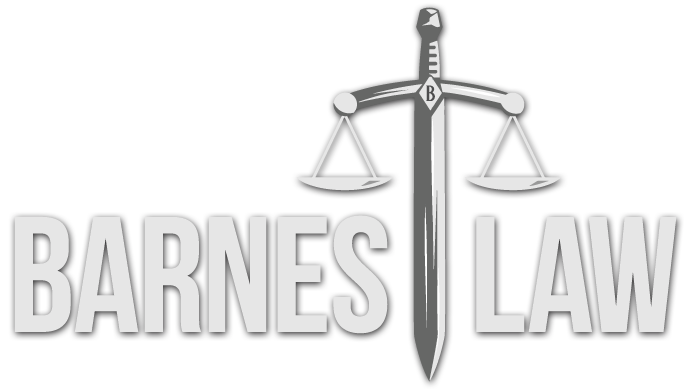They CAME, They SAW, They...MAYBE VIOLATED YOUR CIVIL RIGHTS
The government needs a warrant to seize you or your property unless an exception to the warrant requirement applies.[1] One of the major exceptions to the warrant requirement for seizures is the “plain view doctrine.” Under the “plain view doctrine,” police may seize any items in “plain view” that they deem to be incriminating. [2] Of critical importance, the police must lawfully be at the place from which they observed the seized item. As confusing as this might sound, it is easy to digest if taken in three bites:
First, the police must lawfully be in a place from which evidence can be plainly viewed because that item was either observed during the execution of a valid warrant (usually to search for something else), observed during a search under an exception to the warrant requirement, or observed from a place where police were lawfully entitled to be (like a public sidewalk).
Second, the incriminating character of the seized item must have been immediately apparent. In other word, police must have developed probable cause to seize the item just by looking at it.
Third, the police must have lawful right of access to the evidence.
For example, in Horton v. California, the police searched Horton’s home with a search warrant authorizing a search for the proceeds of a robbery.[3] During the search, the police discovered weapons not identified in the search warrant, but seized them anyway. The Supreme Court held that, although the seized weapons were not listed in the search warrant, the police were lawfully searching for the proceeds of the robbery when they discovered the weapons. The incriminating character of the weapons was immediately apparent to the police and so they were allowed to seize them without a warrant.
As a counter example, in Arizona v. Hicks, police entered an apartment to investigate a reported shooting.[4] While inside, the police noticed expensive stereo equipment and, suspecting that the equipment was stolen, read and recorded the serial numbers. After moving some of the equipment in order to do so, they called those serial numbers in to headquarters. Upon learning that the turntable had been taken in an armed robbery, the police seized it immediately and used the equipment as evidence of armed robbery. The Supreme Court held that the equipment was inadmissible as evidence because the incriminating nature of the equipment was not readily apparent to the officers. In other words, they did not have probable cause until they moved the equipment to read and record, and report the serial numbers to headquarters.
Understanding the warrant requirements, and the exceptions, is of pivotal importance. If the seizure was found to be invalid, the evidence obtained from an invalid search or seizure is likely be excluded and thus cannot be used by the government during prosecution.
--Ara M. Baghdassarian, Esq.
Ara M. Baghdassarian is an associate attorney with Barnes Law, licensed to practice law in California.
The opinions expressed are those of the author and do not necessarily reflect the views of the firm, its clients, or any of its or their respective affiliates. This article is for general information purposes and is not intended to be and should not be taken as legal advice.
[1] Related Reading: http://www.barneslawllp.com/consent-how-many-americans-unknowingly-give-up-their-civil-rights/; http://www.barneslawllp.com/the-warrant-requirement-for-searches-and-how-to-use-it-to-protect-your-civil-rights/
[2] http://law.justia.com/constitution/us/amendment-04/20-plain-view.html
[3] Horton v. California, 496 U.S. 128 (1990); https://supreme.justia.com/cases/federal/us/496/128/case.html
[4] Arizona v. Hicks, 480 U.S. 321 (1987); https://supreme.justia.com/cases/federal/us/480/321/case.html
